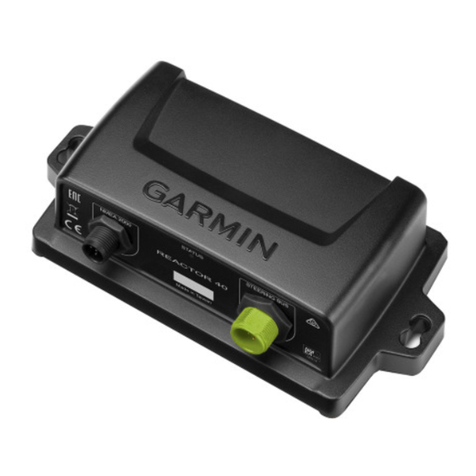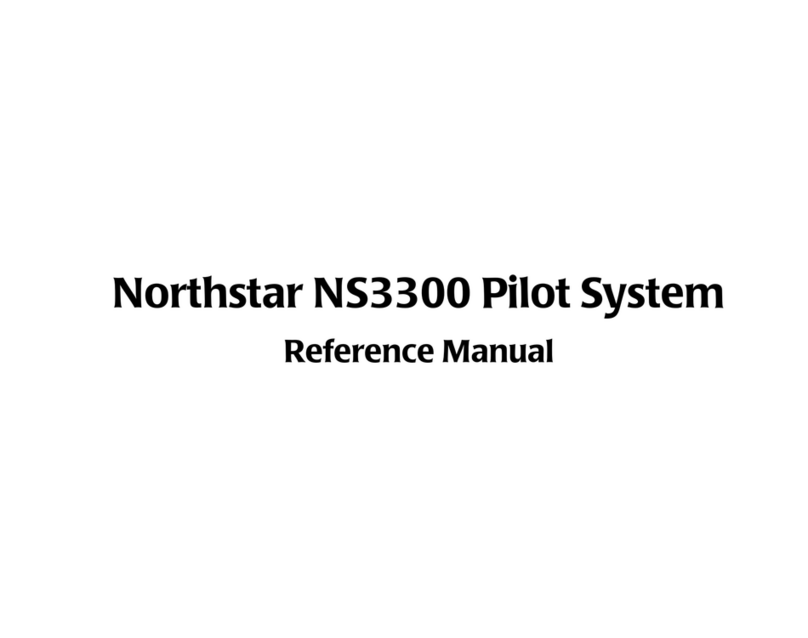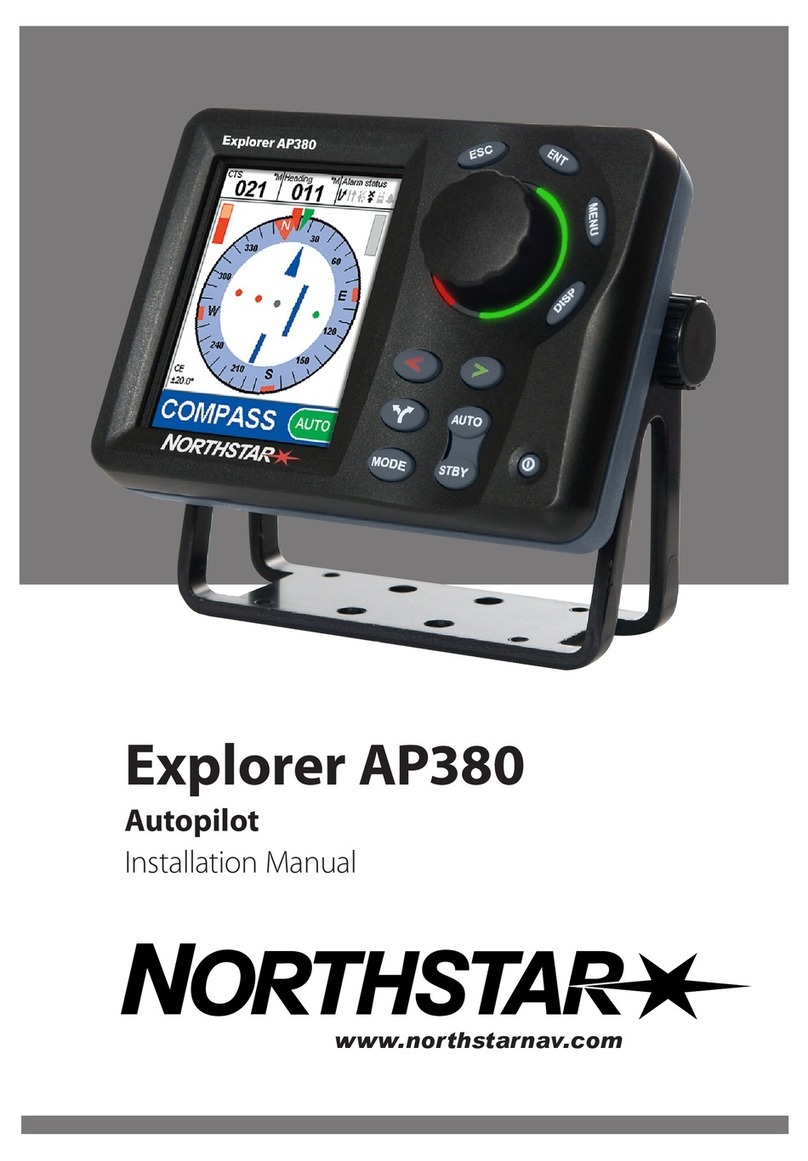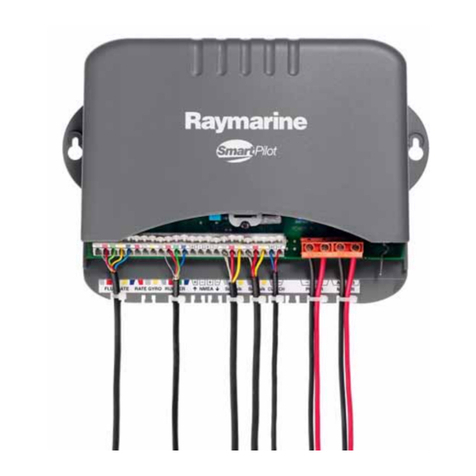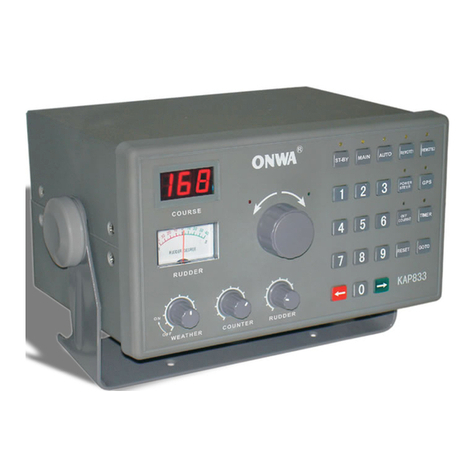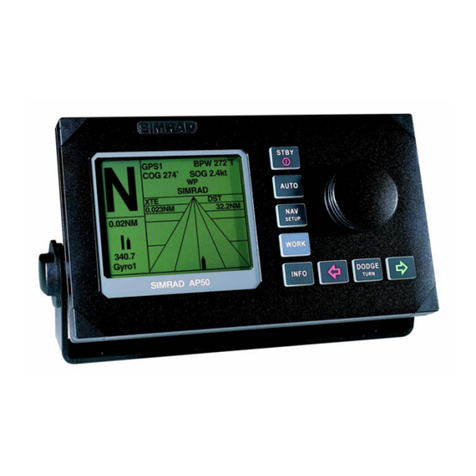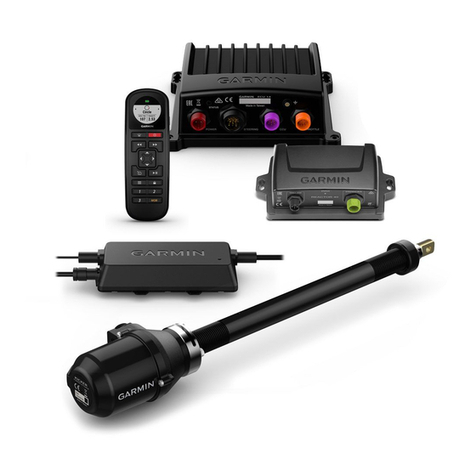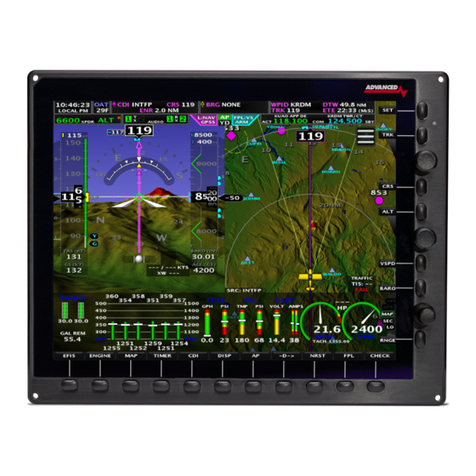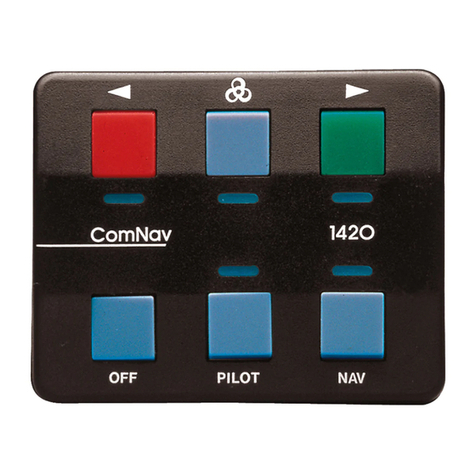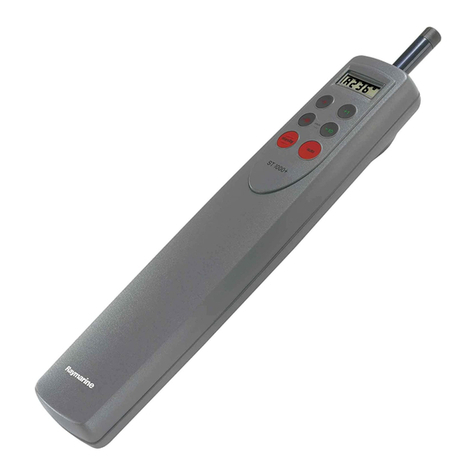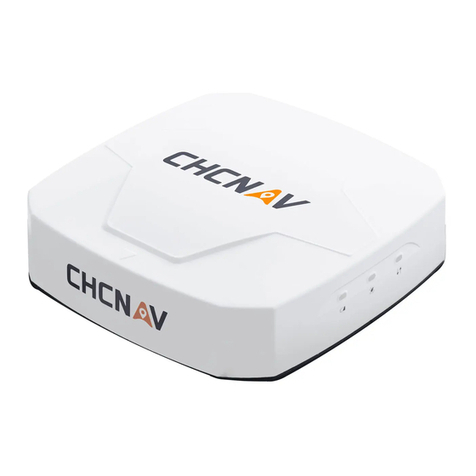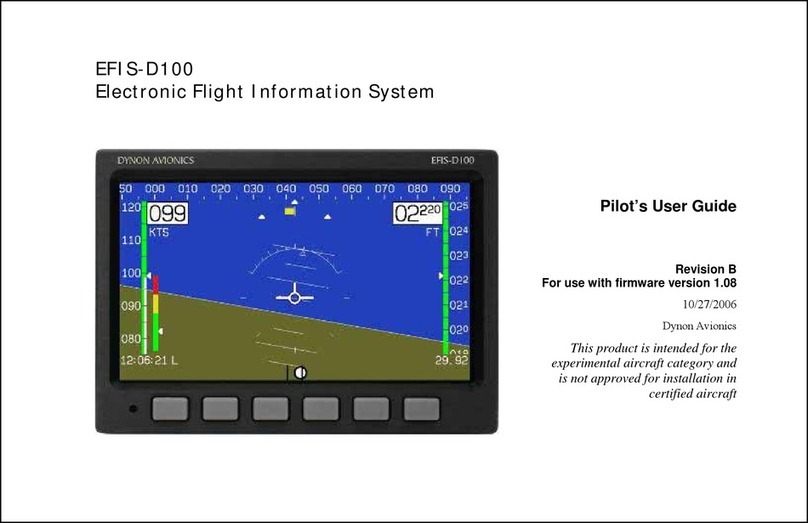
DESCRIPTION
OF
rm
m-XTOR
AND
DlspLAY
FUNTlONS
Compass Card-Responding
to
the input
fromtheslaveddirectionalgyro, thiscardro-
tates within the display
so
that the aircraft
heading is always at the top, underthe lub-
berline.
LubberLine-A fixedwhitemarkeratthe top
of thedisplaythatindicatesaircraftmagnetic
headingonthecompasscard.
SymbolicAircratt-A fixed representationof
the actual aircraft. This miniatureaircraft al-
ways pointstowardthetop
of
thedisplayand
thelubberline.
Selected Course Pointer-On this two-part
arrow, the "head" indicatesthe desired VOR
or Localizer course and the "tail" indicates
the reciprocal.This pointer is set by rotating
the courseselectknob.
Course Select Knob-Used to rotate the
course pointer
to
the desired course on the
compasscard.Thisknobcorresponds
to
the
Omni Bearing Selector
(06s)
on standard
NAV indicators.
VOR/RNAV and LOC Deviation Bar-This
barcorresponds
to
the "leftlri ht" needleon
standardcourse deviation in8cators.When
the aircraft is preciselyon the VOR radialor
Localizercourse, it forms the center section
of the selected course pointer and will be
positionedunder
the
symbolicaircraft.When
off
course or approaching a new course, it
will move
to
one side or the other. Since the
entireVOR andLocalizerdisplayrotateswith
the compass card, the angular relationship
betweenthe deviation bar and the symbolic
aircraftprovidesa pictorialsymbolicdisplay
of the aircraft's position with respect
to
the
selectedcourse.
DeviationScale-When tuned
to
a VOR fre-
quency, each white dot represents2" of de-
viationleftor rightof course.Whentuned
to
a
Localizer, the deviation is
M"
per dot. In
RNAV "APPR" mode the scale is
?4
nm per
dot. InRNAV 'ENROUTE" modethe scaleis
1
nmperdot."
'This is true
of
all
King
and
most other
RNAV
systems.
Heading Select Bug-A movable orange
marker onthe outer perimeterof the display,
usedprimarily
to
selectthe desired heading
you wish to fly. This desired heading is
coupledto theKAP200Autopilotor KFC 200
Flight Director
to
provide the "Heading
Select"function.
Heading Select Knob-Used
to
rotate the
.
headingselect bug
to
adesiredpointonthe
compasscard.
To-From indicator-A whitetrianglenearthe
center
of
the display that indicates,with ref-
erence
to
the
OBS
setting, whether the
courseselectedis
"to"
or "from"the selected
VOR stationandlor RNAV waypoint.
DualGlideslopePointers-Chartreuse trian-
gular pointers on either side of the display
dropintoview when ausableGlideslopesig-
nal is receivedand retract out of view when
the Glideslope signal becomes marginal.
Duringan ILSapproach,these pointers rep-
resent the vertical orientation of the aircraft
with respect
to
the center of the Glideslope
beam.When on Glideslope,the pointerswill
align with the center markerson the Glide-
slopescale.
Glideslope DeviationScale-White dots on
eachsideofthedisplaywhich, inconjunction
with the F;lideslope pointers, indicate either
"above", below", or "on Glideslope"during
an ILSapproach.
Com
s
Warning Fla A redflag labeled
"HDEecomes visibyzn
the
upper right
quadrantof thedisplaywhenever the electri-
cal power is inadequate or the directional
gyro
is
not up
to
speed.
Compass failures
canoccur which will not be annunciated by
the
'HDG'
flag.Therefore, periodiccompari-
sonwith the standbycompass isadvised.
NAV Waming Flag-A redflaglabeled"NAV"
becomesvisible intheupperleftquadrantof
the display whenever a usable VOR or Lo-
calizer signal is not beingreceived.
If
RNAV
isinstalledandthe system is inRNAV mode,
both VOR and,
DME
must be usable before
the NAV flag will disappear.
'
b'
6
